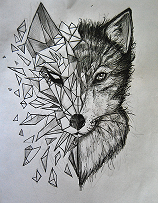
Humans have marked their bodies with tattoos for thousands of years. These permanent designs sometimes plain, sometimes elaborate, always personal have served as amulets, status symbols, declarations of love, signs of religious beliefs, adornments and even forms of punishment. Joann Fletcher, a research fellow in the department of archaeology at the University of new York in Britain, describes the history of tattoos and their cultural significance to people around the world, from the famous “Iceman”, a 5,200-year-old frozen mummy, to today’s Maori.
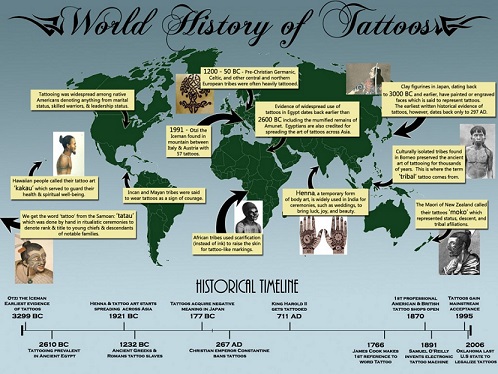
The Earliest Evidence Of Tattoo
In terms of tattoos on actual bodies, the earliest known examples were for a long time Egyptian and were present on several female mummies dated to 2000 B.C. But following the more recent discovery of the Iceman from the area of the Italian-Austrian border in 1991 and his tattoo patterns, this date has been pushed back a further thousand years when he was carbon-dated at around 5,200 years old


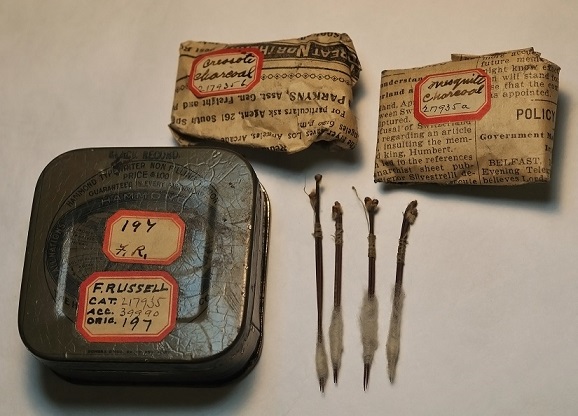
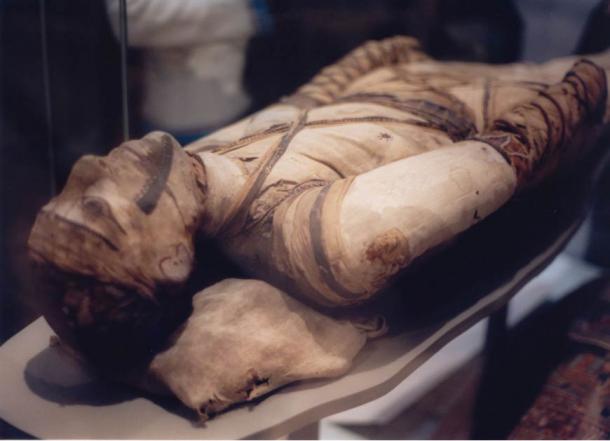
Meaning Of Ancient Tattoos
Because this seemed to be an exclusively female practice in ancient Egypt, mummies found with tattoos were usually dismissed by the (male) excavators who seemed to assume the women were of “dubious status,” described in some cases as “dancing girls.” The female mummies had nevertheless been buried at Deir el-Bahari (opposite modern Luxor) in an area associated with royal and elite burials, and we know that at least one of the women described as “probably a royal concubine” was actually a high-status priestess named Amunet, as revealed by her funerary inscriptions.




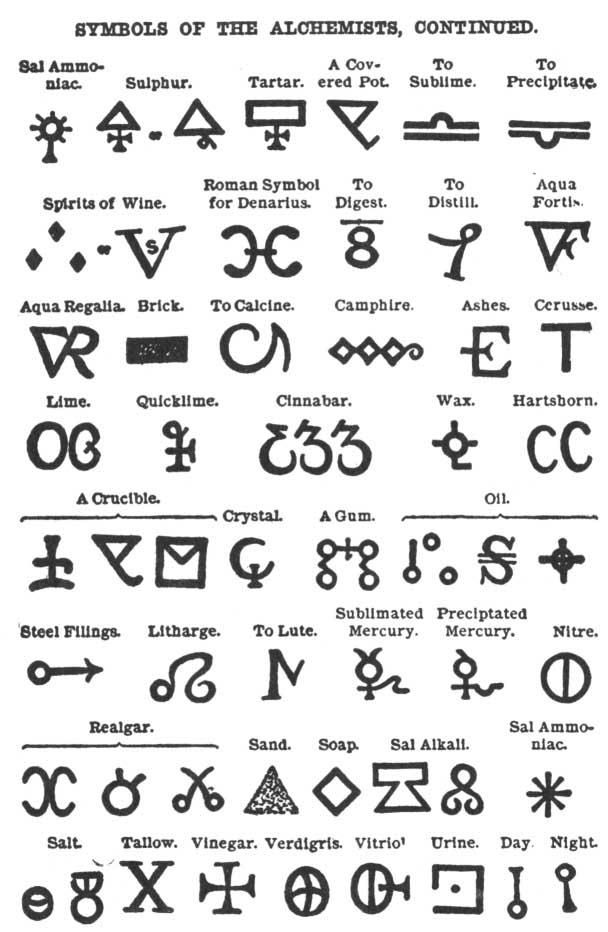
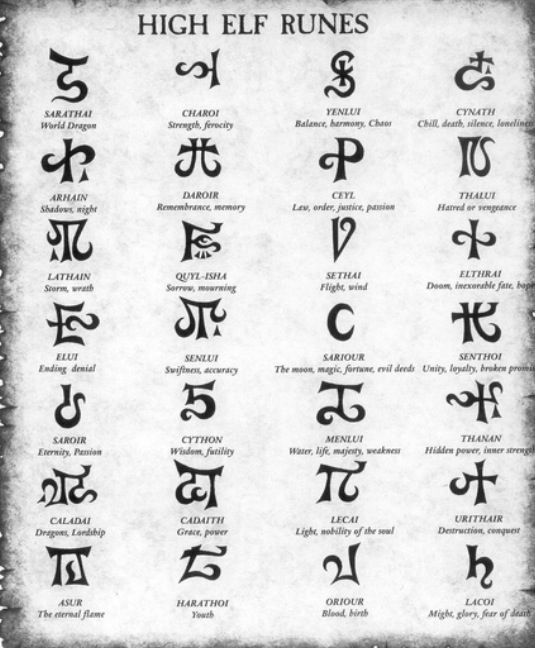
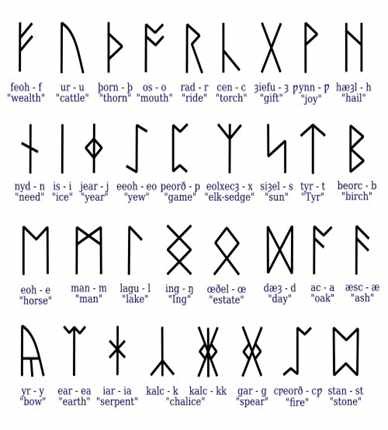
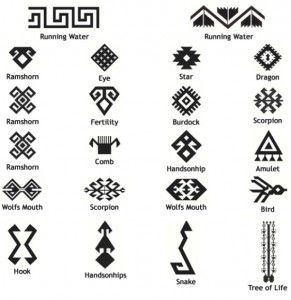
And although it has long been assumed that such tattoos were the mark of prostitutes or were meant to protect the women against sexually transmitted diseases, I personally believe that the tattooing of ancient Egyptian women had a therapeutic role and functioned as a permanent form of amulet during the very difficult time of pregnancy and birth. This is supported by the pattern of distribution, largely around the abdomen, on top of the thighs and the breasts, and would also explain the specific types of designs, in particular, the net-like distribution of dots applied over the abdomen. During pregnancy, this specific pattern would expand in a protective fashion in the same way bead nets were placed over wrapped mummies to protect them and “keep everything in.” The placing of small figures of the household deity Bes at the tops of their thighs would again suggest the use of tattoos as a means of safeguarding the actual birth, since Bes was the protector of women in labour, and his position at the tops of the thighs a suitable location. This would ultimately explain tattoos as a purely female custom.
Ancient Tattoo Artists
Although we have no explicit written evidence in the case of ancient Egypt, it may well be that the older women of a community would create the tattoos for the younger women, as happened in 19th-century Egypt and happens in some parts of the world today.

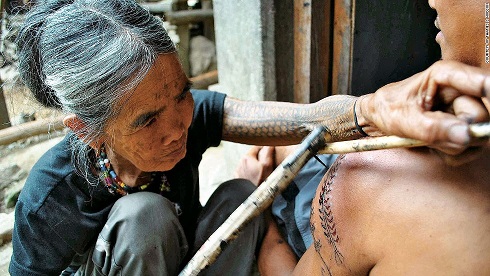


Instruments They Used For Tattooing
It is possible that an implement best described as a sharp point set in a wooden handle, dated to 3000 B.C. and discovered by archaeologist W.M.F. Petrie at the site of Abydos may have been used to create tattoos. Petrie also found the aforementioned set of small bronze instruments 1450 B.C. resembling wide, flattened needles at the ancient town site of Gurob. If tied together in a bunch, they would provide repeated patterns of multiple dots.
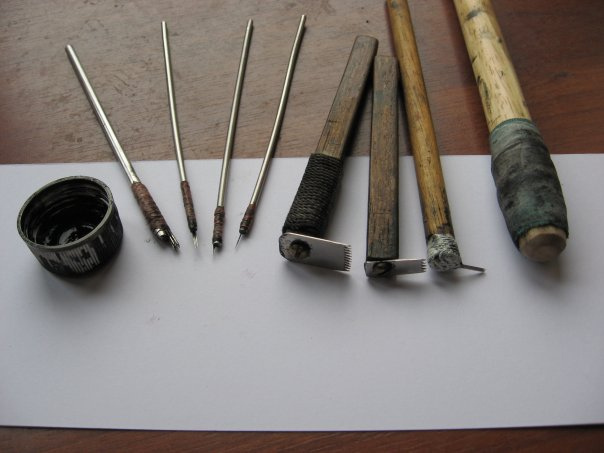

These instruments are also remarkably similar to much later tattooing implements used in 19th-century Egypt. The English writer William Lane (1801-1876) observed, “the operation is performed with several needles (generally seven) tied together: with these the skin is pricked in a desired pattern: some smoke black (of wood or oil), mixed with milk from the breast of a woman, is then rubbed in…. It is generally performed at the age of about 5 or 6 years, and by gipsy-women.”
The Tattoos
Most examples on mummies are largely dotted patterns of lines and diamond patterns, while figurines sometimes feature more naturalistic images. The tattoos occasionally found in tomb scenes and on small female figurines which form part of cosmetic items also have small figures of the dwarf god Bes on the thigh area.


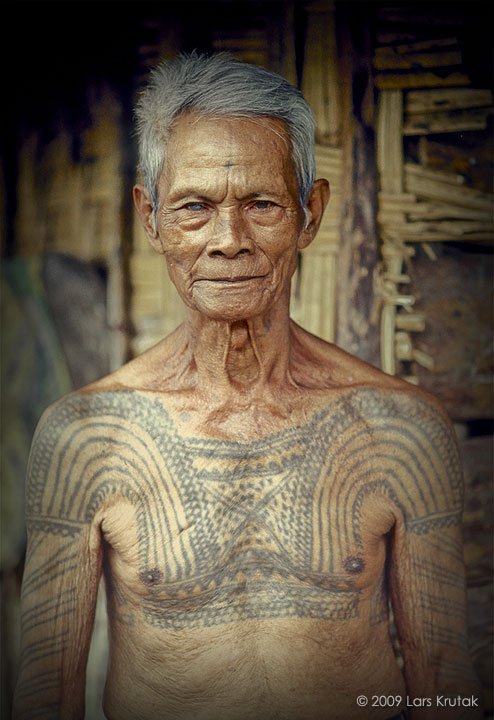
Information About Tattoo Inks and Colors
Usually a dark or black pigment such as soot was introduced into the pricked skin. It seems that brighter colors were largely used in other ancient cultures, such as the Inuit who are believed to have used a yellow color along with the more usual darker pigments.

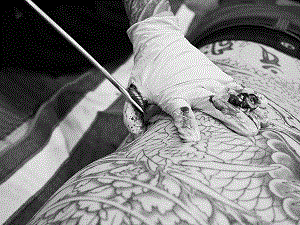
Modernisation in Tattoo
Abstract
This is a modern style of art and usually doesn’t have any type of outline.
It breaks away from the traditional representation of animals, people, and the world around us.
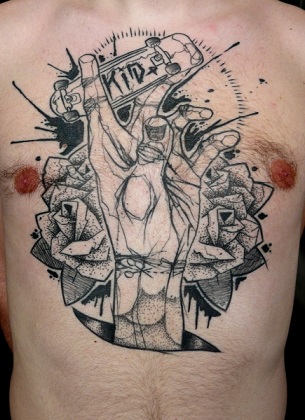
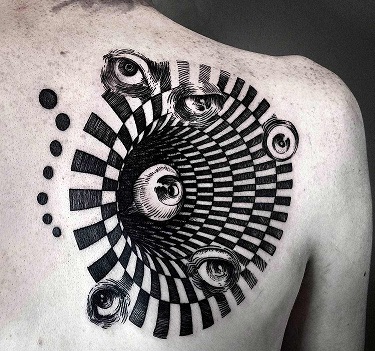


Fine Line Tattoo
Fine Line Tattooing is one of the newer styles you’ll find in tattoo shops and has been achievable because of the improvements made with tattoo machines, inks, and needles.
Artists today are able to add more detail and special effects to their artwork. Fine line is often used in portrait tattoos or to achieve a delicate look.

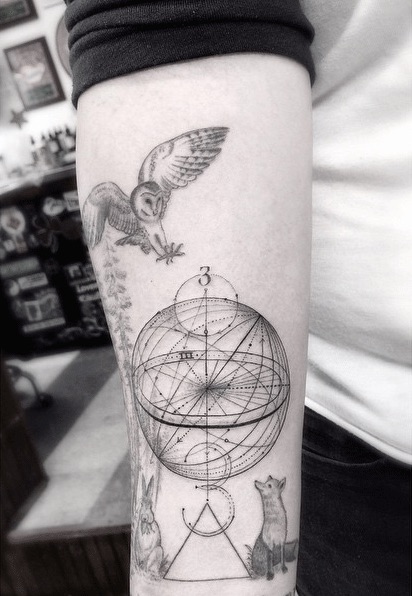
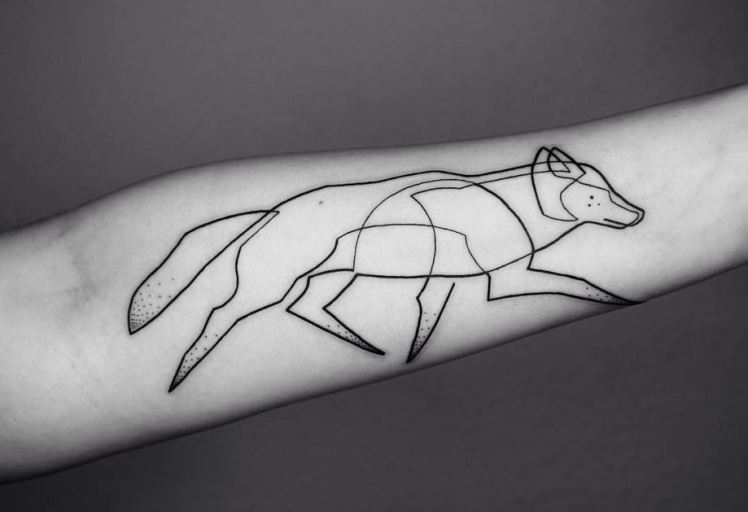

Haida Tattoo
This is a design of the Eskimo and the Native Americans. Tribal pieces of animal, birds, and totems are popular subjects.
We always recommend researching your choice to ensure its meaning is right for you, every symbol / design has a meaning.
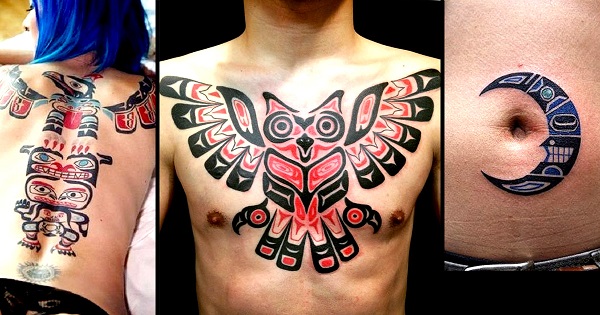
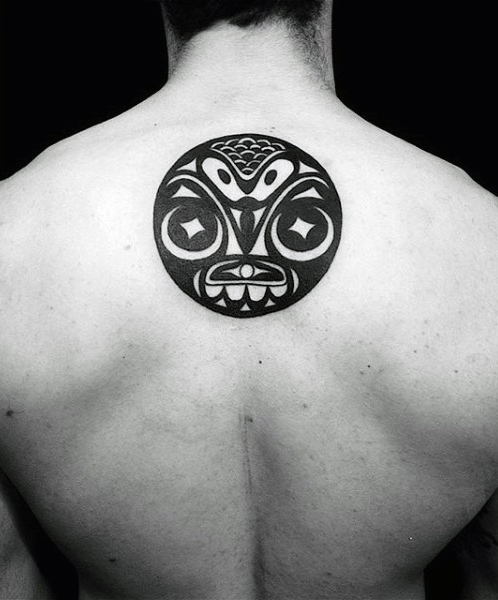


Memorial Tattoo
Memorial tattoos can be images representing a person’s life in some way. It may be a religious image, crosses, banners, praying hands, poems, flowers, or sometimes a portrait.
Most want to incorporate items that had meaning or significance to the deceased and or their family. Often this type of tattoo is accompanied by lettering with the person’s name and dates of their birth and their death.
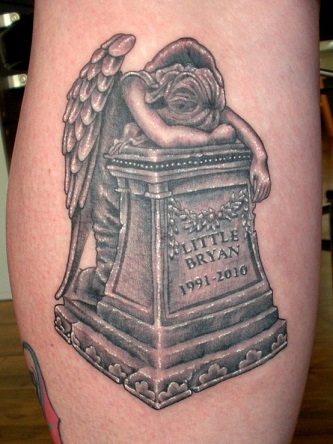
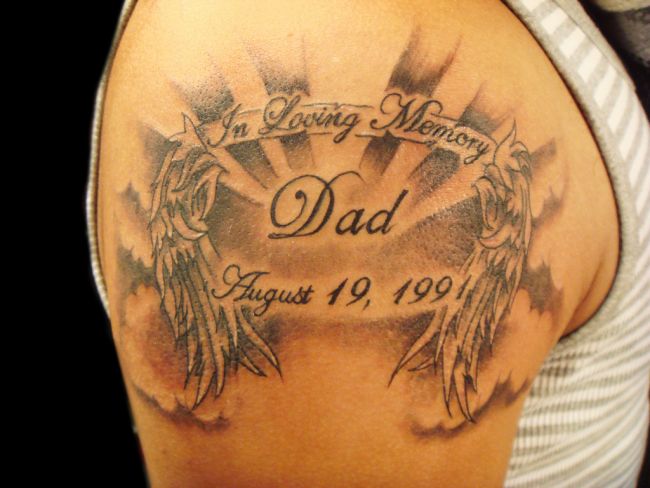


Stonework Style Tattoo
This style of tattooing is using shades of black and greys, colours can be used as well, to produce the cracked stone like quality throughout the tattoo.
These tattoos tend to be more detailed and can really give a tattoo a very old and rustic feel. Stonework is usually produced with a finer line to really show off every little crack and chip in the tattoo.
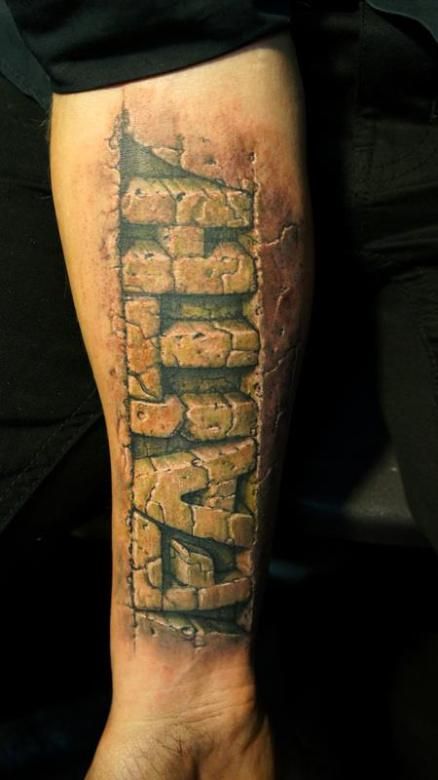
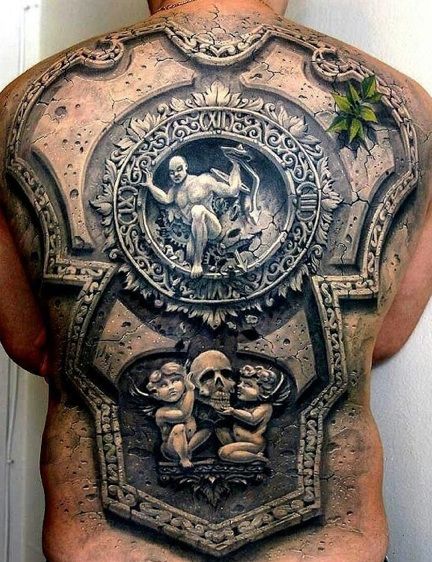
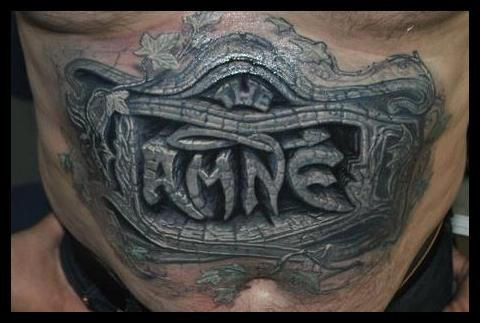



Portraits Tattoo
A tattoo artist has to be extremely skilled in his field to be able to convey a person’s likeness onto another person skin. Some are meant to show love, admiration, loss or birth. Portraits are often created using fine line tattoo style.
Choose your artist carefully, a photo realistic tattoo takes a high level of skill and talent you won’t find an artist to do one at just any studio – be picky.


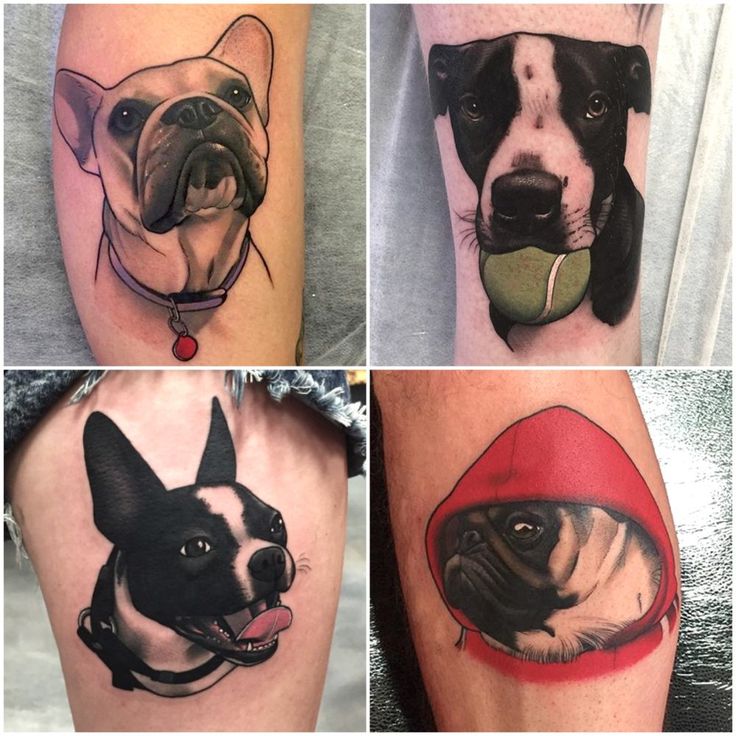
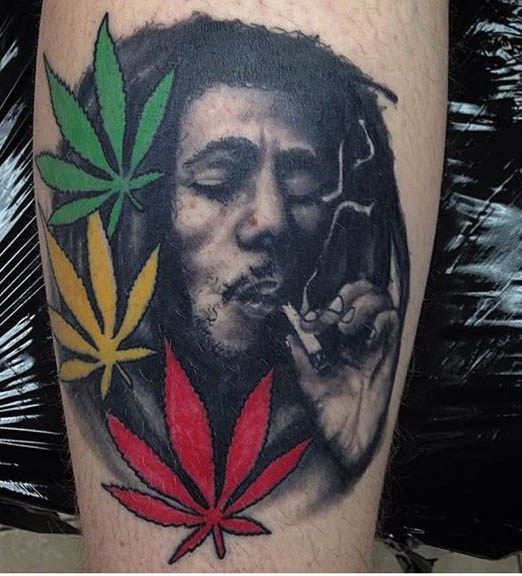
Surrealist / Horror Tattoo
This style covers everything from Salvador Dali to Fantasy monsters and incoherent nightmares. Full of symbolic scenes, strange dream-like scenarios, humour (sometimes the humour is gleeful, impish or sometimes it can have a sarcastic or cruel twist).
Using bizarre creatures and people to create continuity between the images, some are single images used to shock or catch your attention. It can also be known as “Lowbrow art” or “Pop Surrealism.”


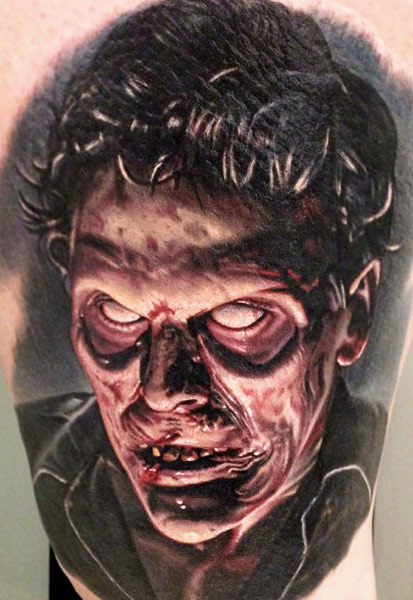
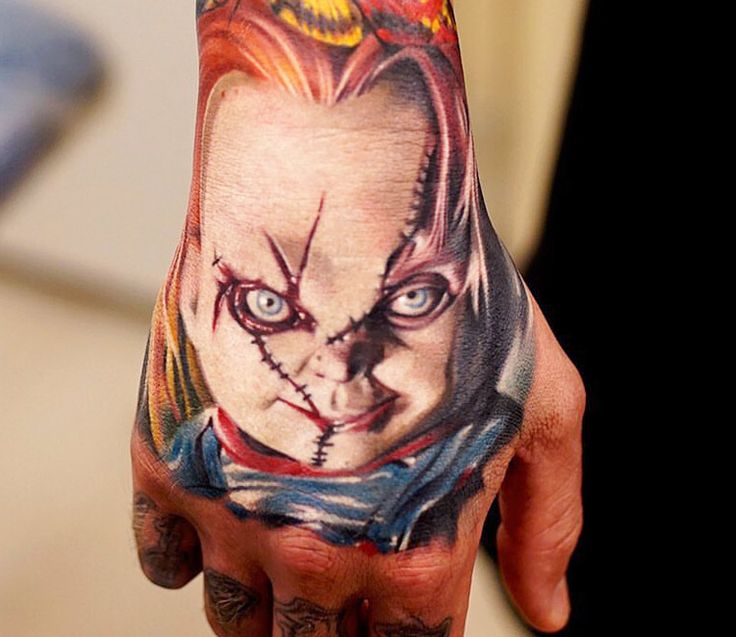
Stippling Tattoo
Stippling is creation of a pattern with varying solidity or shading using small dots or specks,
Rather than using lines or solid areas.


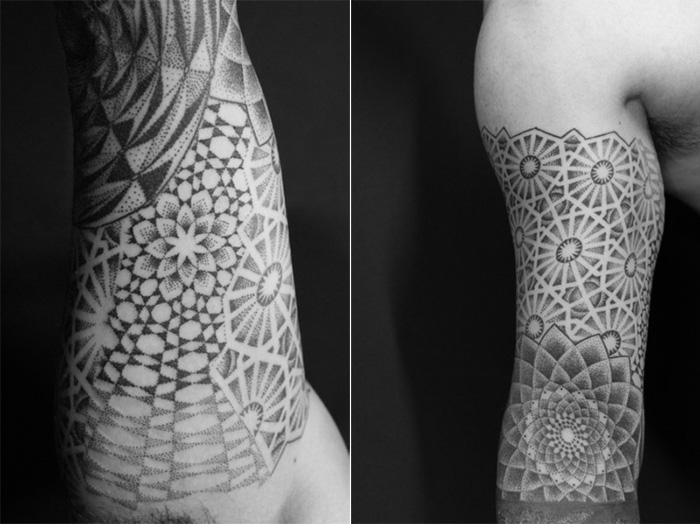
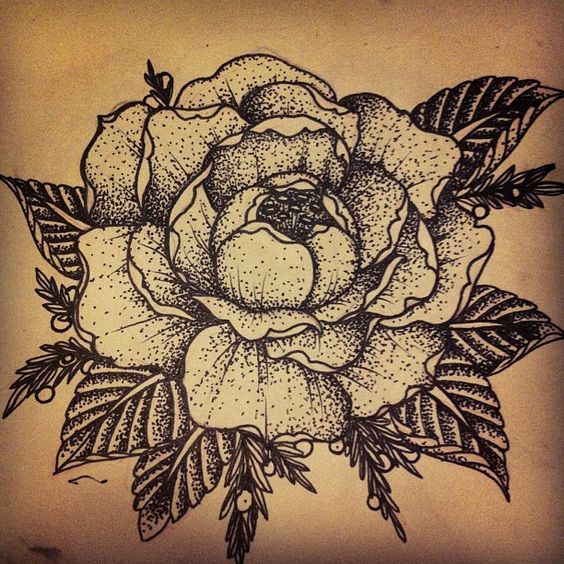
Graffiti Tattoo
This style represents a radical contemporary art style, it mimics the street style art you see all around you.
You see it as letters, numbers or incredible works of art on sidewalks, walls, vehicles, etc… Now you see it as a style for the skin.


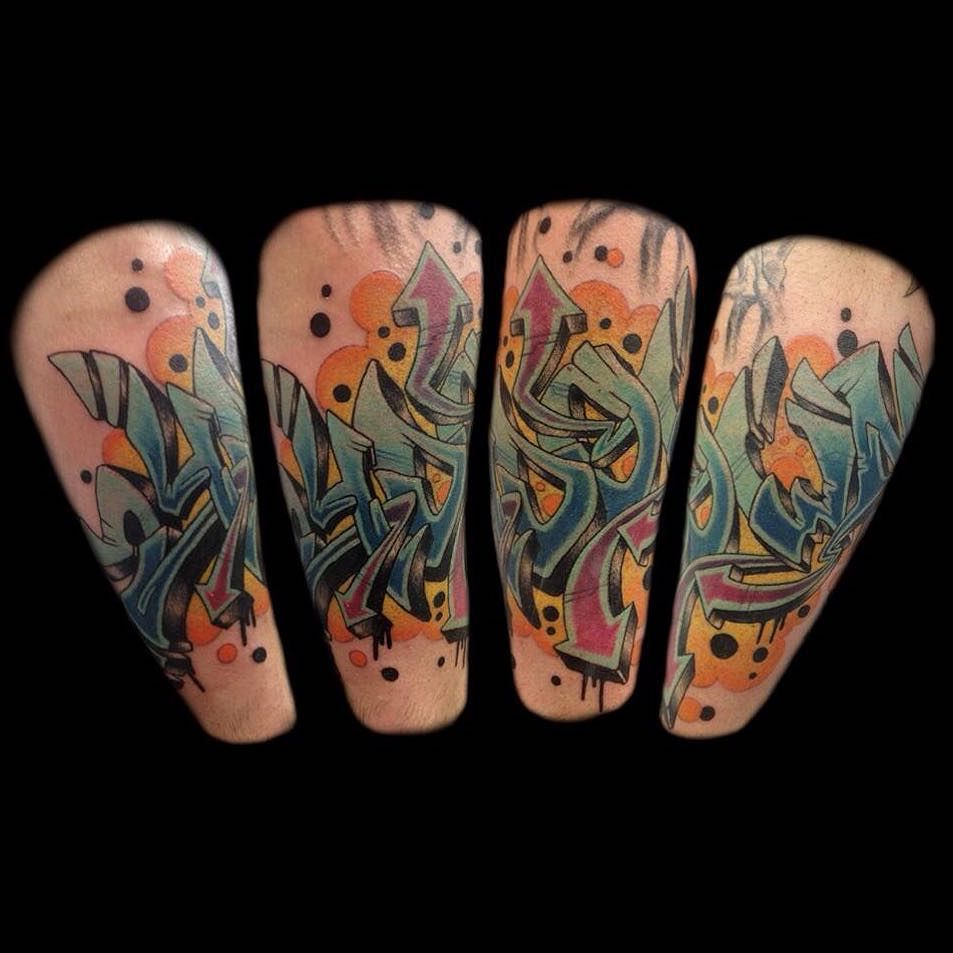
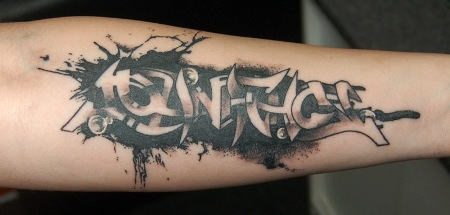
Geometric Tattoo
This style of art has a fresh from the drawing board feel. Using sketch lines to create your tattoo.
Nothing is perfect, sometimes lines do not touch or close.


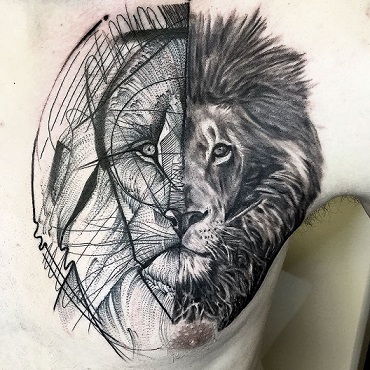
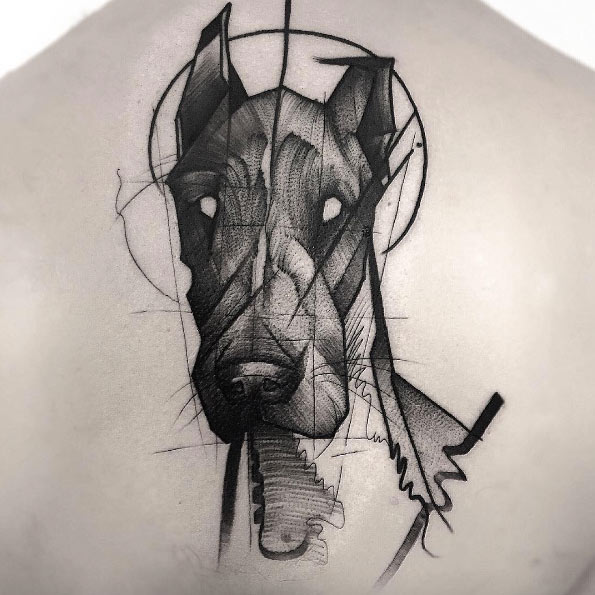
Asian / Yakuza Tattoo
Asian themed tattoos frequently using Koi fish, cherry blossoms, Buddha, lotus, dragons, war dogs, samurai’s or geisha’s. Many of these are used in combination to tell a story as well as create a piece of timeless art.
This type of tattoo is usually very detailed. This is basically a tattoo that will cover the whole body. The work is carefully planned out ahead of time before the work on any part of the body begins. This style seems to be more 2 dimensional or flat, almost like print on fabric.
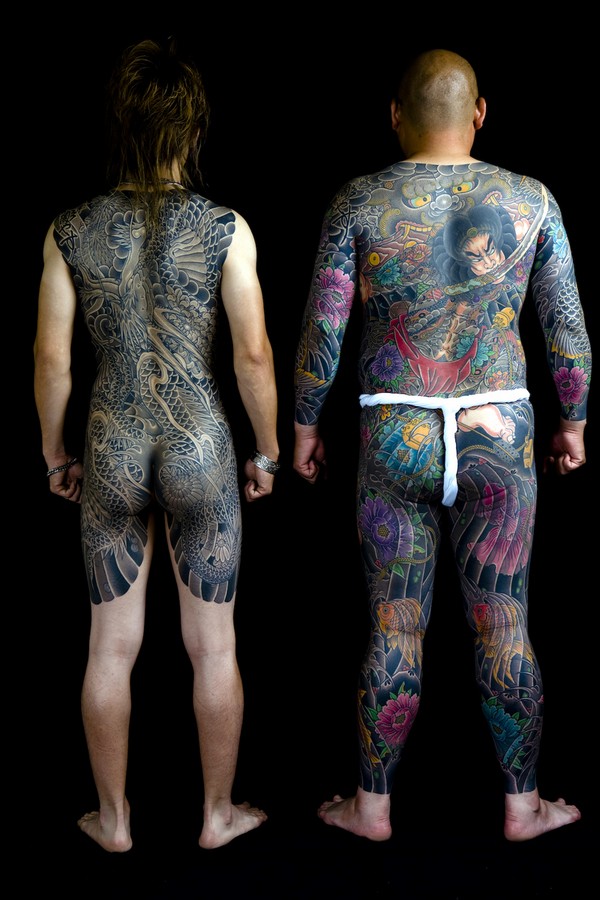
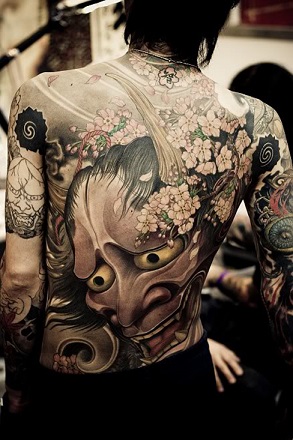
Celtic Tattoo
These designs are made up of intricate knots. Celtic comes in many forms; knots, crosses, spirals, trinity knots, tree of life, and animal forms.
This style of art represents the people from Gaelic, Welsh, and Breton folklore.


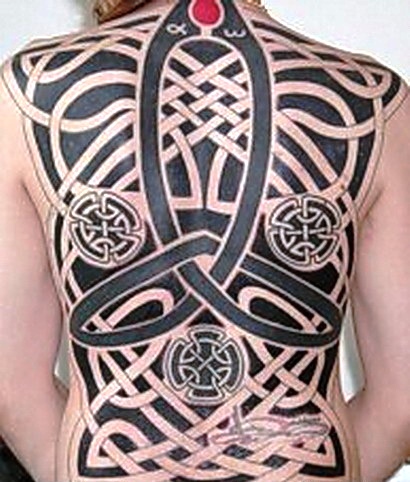
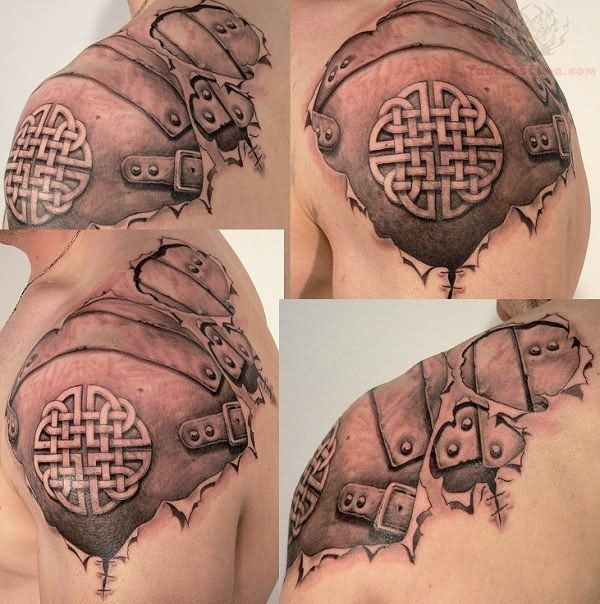
Tribal Tattoo
This type of work was handed down from multiple cultures including Native American, Micronesia, and Polynesian. In ancient times, they would be represent one as an accessory to a certain tribe, also express puberty, a milestone in life or marriage. American Indians form of tribal tattoo was meant to represent culture, ritual beliefs, spirits or nature.
Hawaiian tribes carried tattoos as a form of identification, protection or mourning expressions. Many tribes used tattoos to show bravery. Tribal tattoos are usually black in colour and are composed of solid geometric designs. Can also be done in a “stonework effect” or in colour but black is the most common.


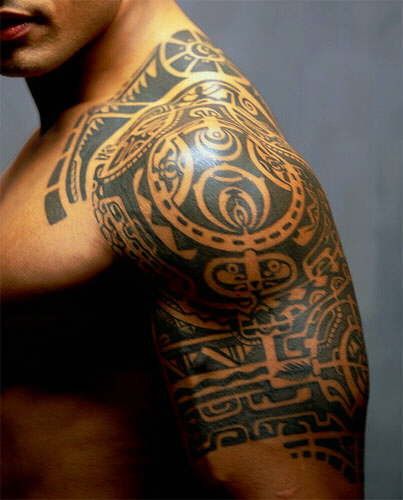
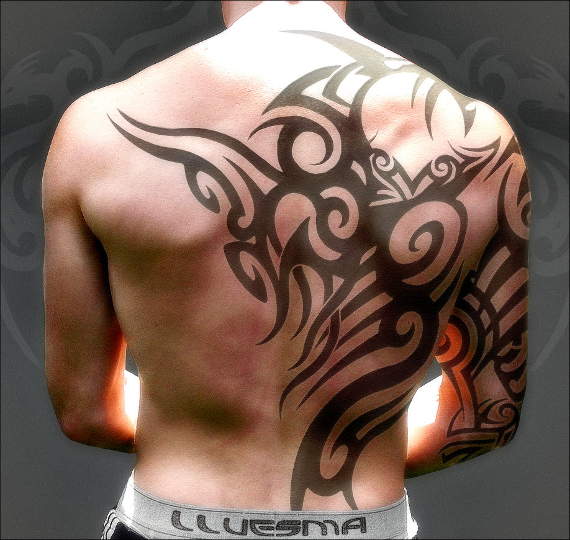
Realistic Tattoo
Usually represented by portraits or true to life scenes/landscapes that showcase the fine line detail of a photograph or painting.


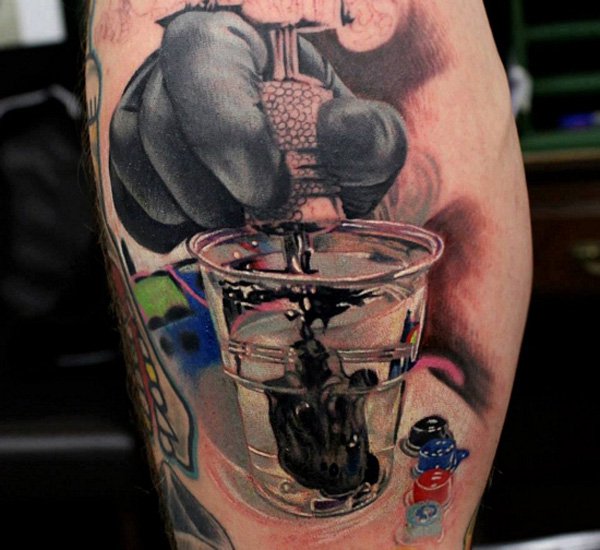
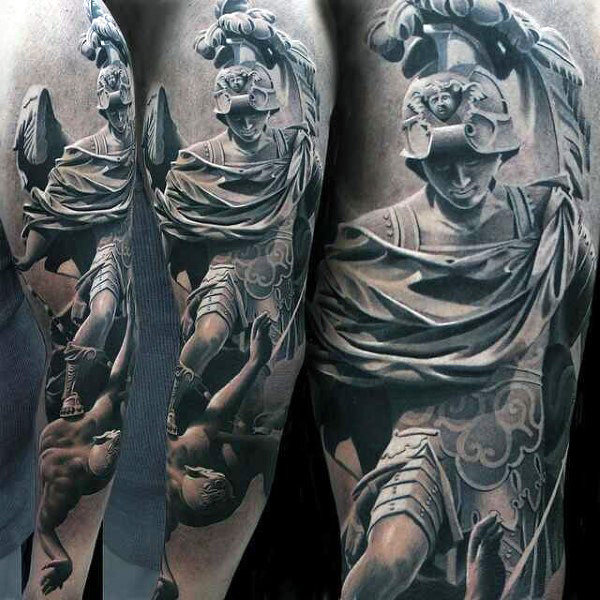
Cartoon / Anime Tattoo
The style everyone remembers from the 90’s with its Tasmanian devil inspired tattoos that too many people had. Now the cartoon inspired tattoo is making its comeback as clients look to relive their childhood.
Hello Kitty, Auto bots, My Little Pony, Strawberry Shortcake, maybe your favourite video game, you name it we’ve done it. Bold bright colours, fun and whimsical, as a standalone piece or as part of an entire sleeve.



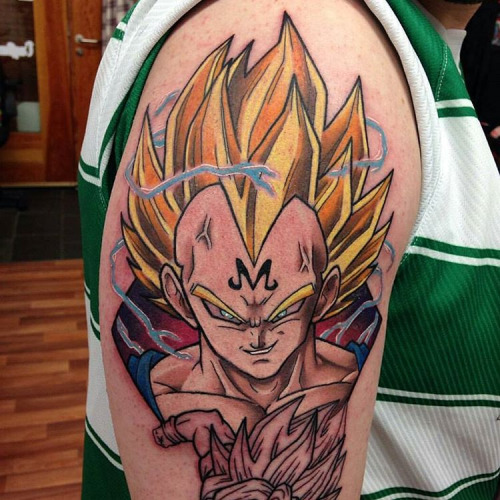
Maori Tattoo
Each Polynesian island has its own styles of tattooing making it a truly unique experience. Modern or traditional styles make up this style, using flowers, faces, figures, animals, and abstract shapes. Depending on style it may be bold, black abstract and figurative designs or fine line high detail, single needle outlines, designs that concentrates more on symbolism or overall design.
Done by tattoo machine or by wooden sticks, which is a traditional hand tapped tattoo. This style is used by them to express identity, personality, one’s society status, hierarchy, and sexual maturity.


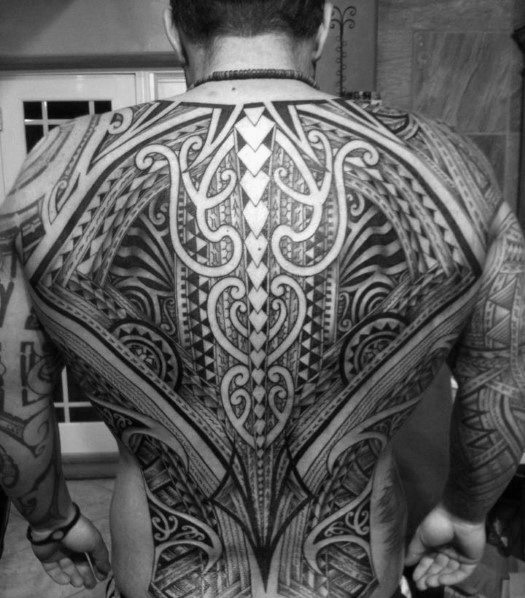
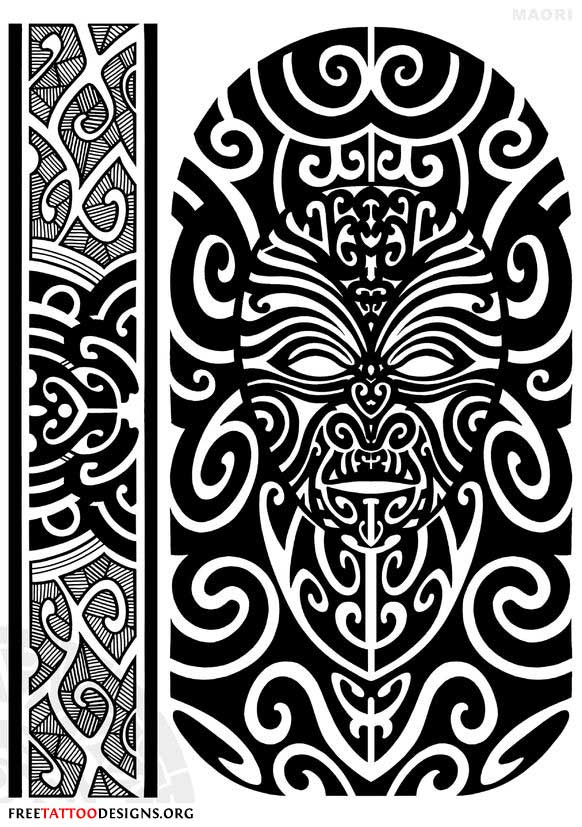
Calligraphy & Ambigram Tattoo
The use of lettering and fonts has always been a popular ink choice among clients. With so many different options out there, finding that perfect font is key. Some are hard to read when written out, so keep that in mind when choosing a font. Use a site that allows you to see your word or quote in the chosen font style to see if it’s easily read and clear to the eye.
Also popular are Ambigrams. This is when you can incorporate two words together — a composite in one tattoo. When read upright it will be 1 word, then when flipped upside down it will read another. Not all words can work with this process.


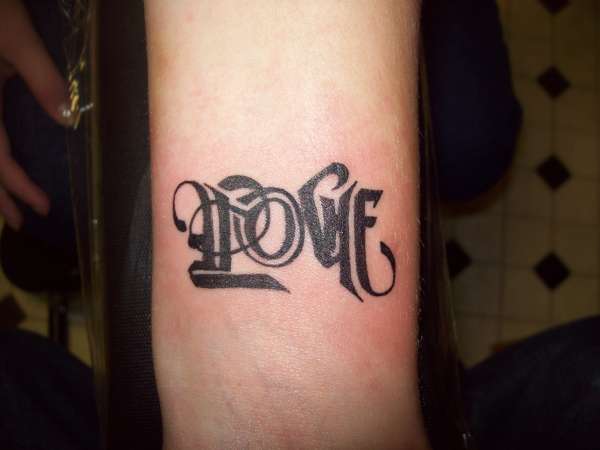
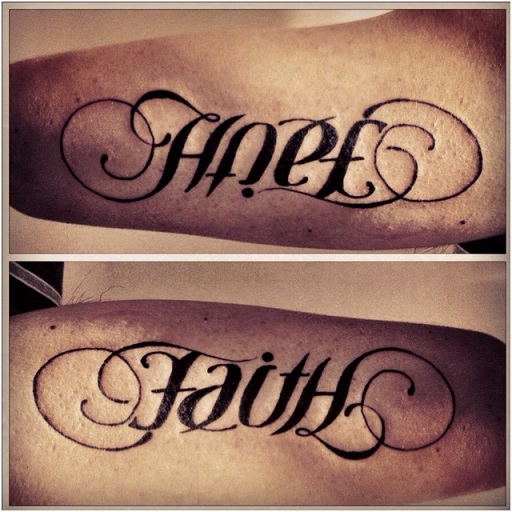
Black and Grey Tattoo
This is when shading is heavily utilized. Black and grey work is typically used to create some type of 3-D effect without using colour.
Highlights are often added using white. White ink can also be used to smooth out sharp transitions between the different shades.

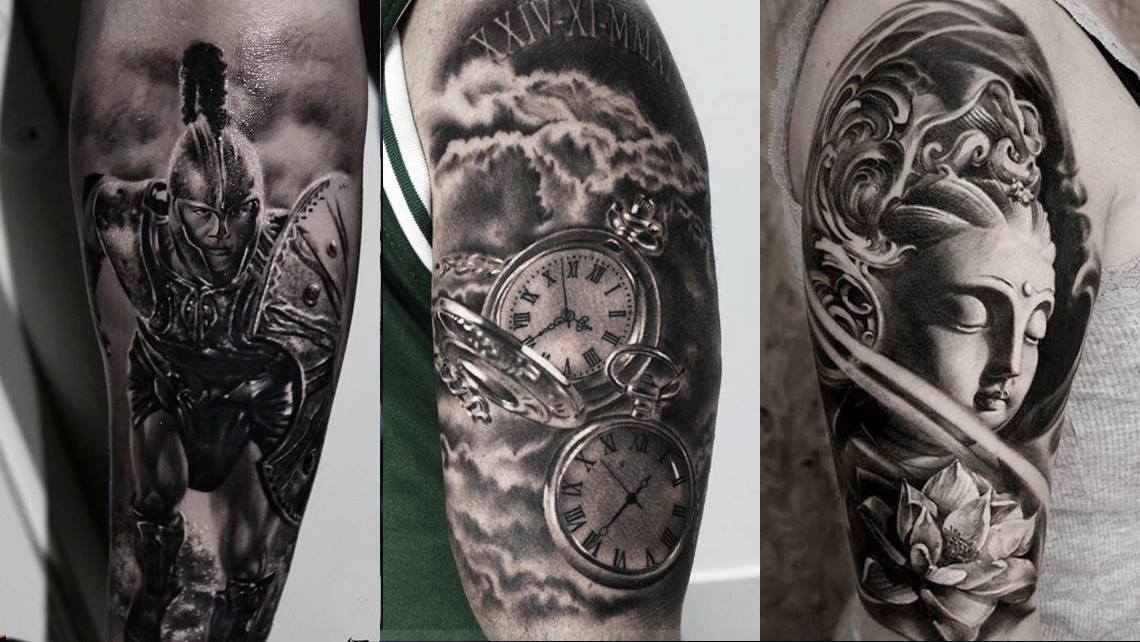
Grey Wash Tattoo
This is when the black ink is diluted to lighten up the tint. Usually the black ink is diluted at different degrees to have a wide range of shading densities.


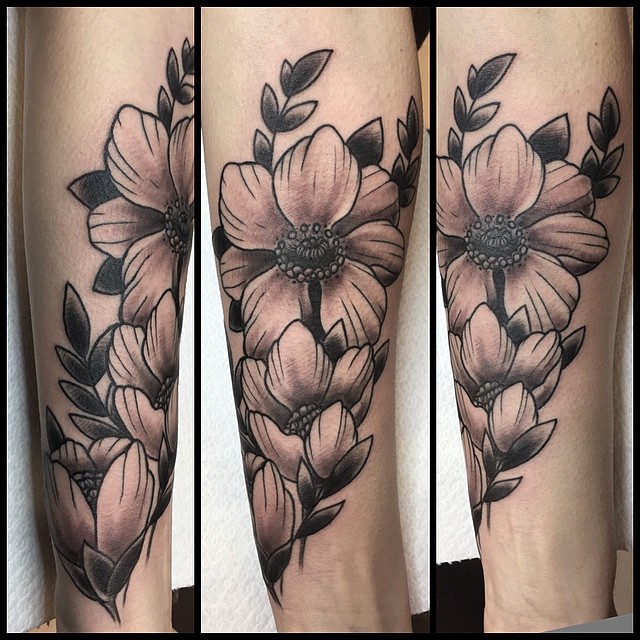
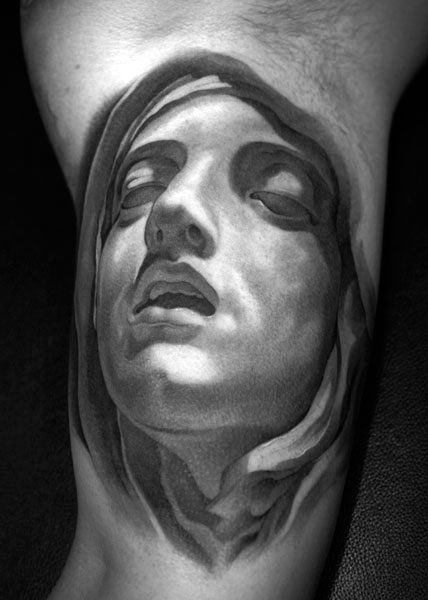
Bio-mechanical Tattoo
This is a machine like form of art that sometimes combines humans with machines. If you are familiar with HR Geiger’s artwork then you’ll be familiar with bio-mechanical artwork.


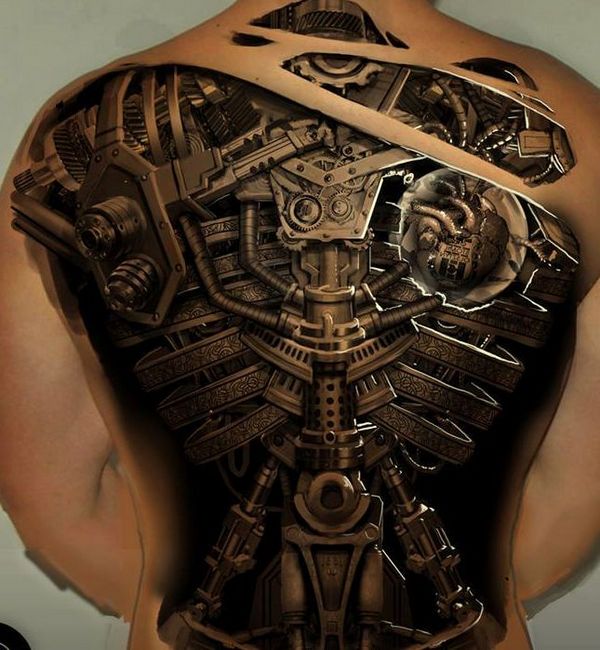
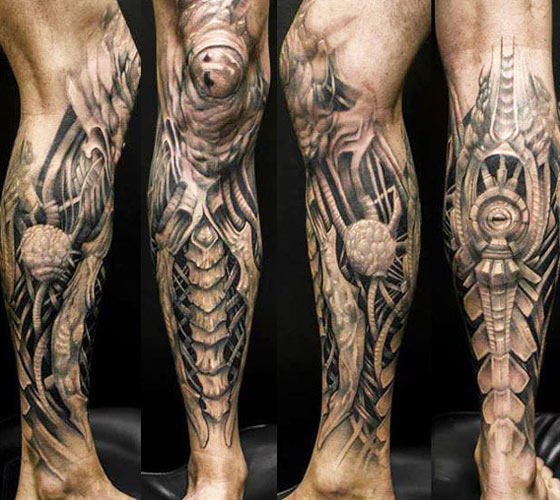
Color Tattoo
Colored tattoos and be vivid or subtle depending on the effect the tattoo artist is after.
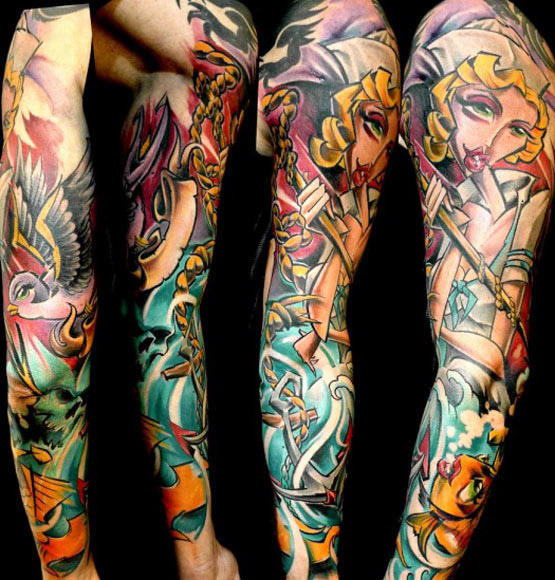



Old School (American Traditional) Tattoo
Old School (AKA. Old Skool or American Traditional) tattoos are usually images that are two-dimensional and low intricacy/detail. Popular in the 1800’s and are also referred to as nautical tattoos. These include mermaids, ships, anchors, pin ups, banners and sparrows.
They consisted of bold, blue-black outlines, usually filled with solid red and green with rare additions of blue, yellow, brown and purple; with little or no shading. Norman Keith Collins, also known as “Sailor Jerry” is one of the most well-known traditional tattoo artists. Thicker lines are used and the inspiration is typically nautical and military in theme. Using Eagles, anchors, swallows, ships, hearts and banners.


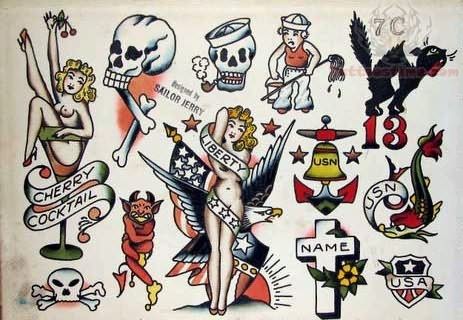

Modern Traditional Tattoo
Modern Traditional – which mean traditional with newer element added to the design) tattoo style began in the 1980’s and refers to a tattoo style that is bold and bright, has two-dimensional imagery and lower intricacy. Contemporary & fantastical designs, combining multiple styles of tattooing into one piece. It’s distinct from the old school style in that it contains more elaborate blending and shading gradations with a more extensive color palette.
With new school, it’s all about free-styling. New school steers away from traditionalism; it’s all unique patterns and custom ideas. It’s almost a combination of hip-hop and graffiti styles: jagged edges and bubbly lettering. With new techniques on the rise, modern equipment, and advances in the industry, the new school style is becoming more and more influential.


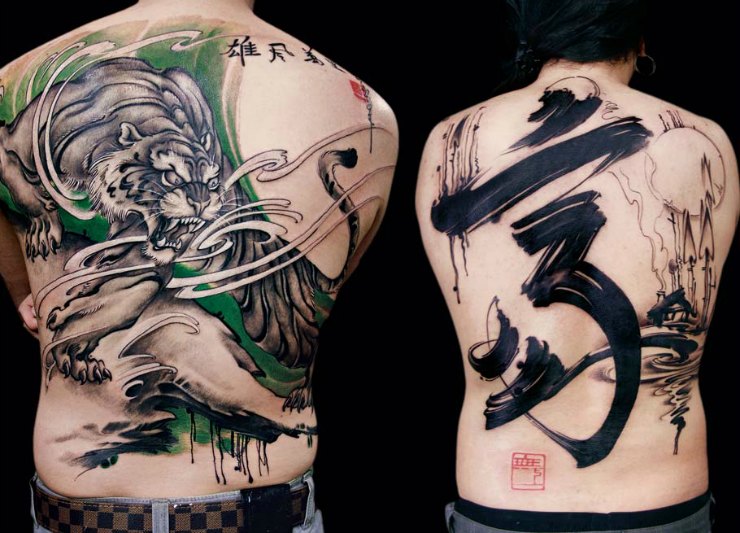
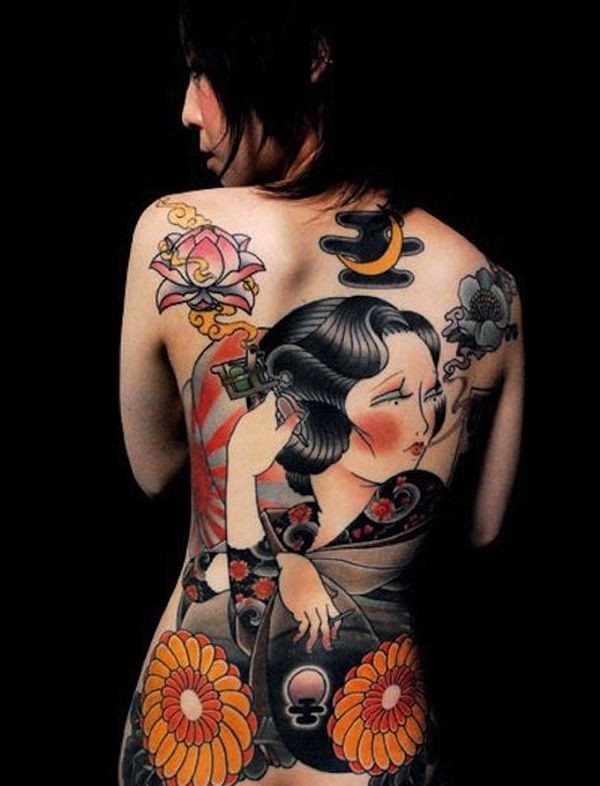
Cover Up or Re-working Tattoo
Using color and technique to hide an old tattoo with a new tattoo or just having someone re line and Re color and old tattoo so that it looks as it should.
Many make the mistake of using the wrong cover design or wrong colors to cover – causing the old piece to resurface through the new one. Make sure you have an experienced artist do this for you.
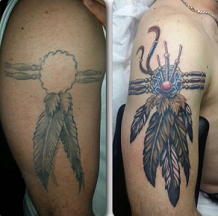
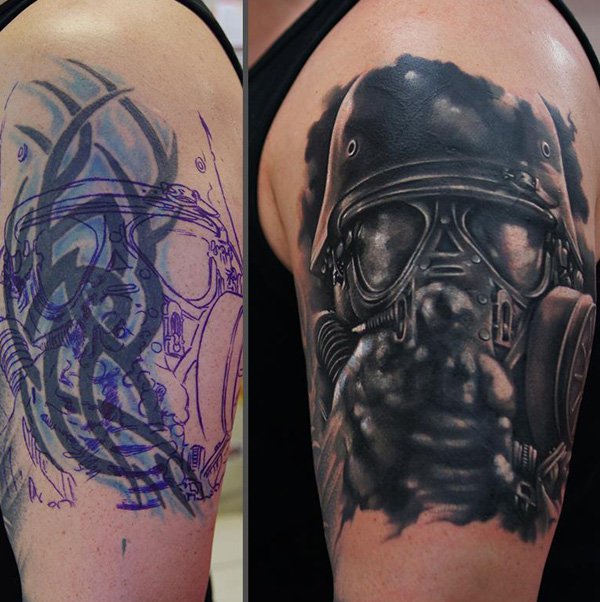


White Ink Tattoo
White ink leaves you with a tattoo that looks more like a scar or skin discoloration. Over time it can turn pink, yellow or beige. It may also completely fade away within the healing phase or months after. Many tattoo artists will advise their clients to add a pale blue, pale yellow or pale purple to add another pigment to which the white can grab hold.
White ink is great when used in small areas, like edging out a flower, highlight as an accent to the tattoo or to use for reflection points on tattoos; meant to show a representation of reflections. When used in larger areas, they tend to not hold up well and tend to fade out completely within a year or less depending on how much the tattoo is exposed to sun light.


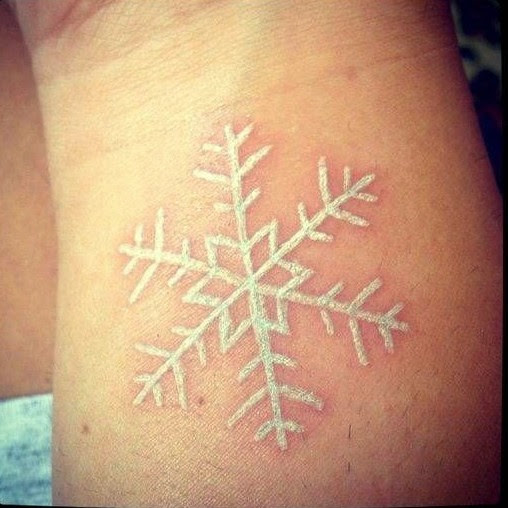
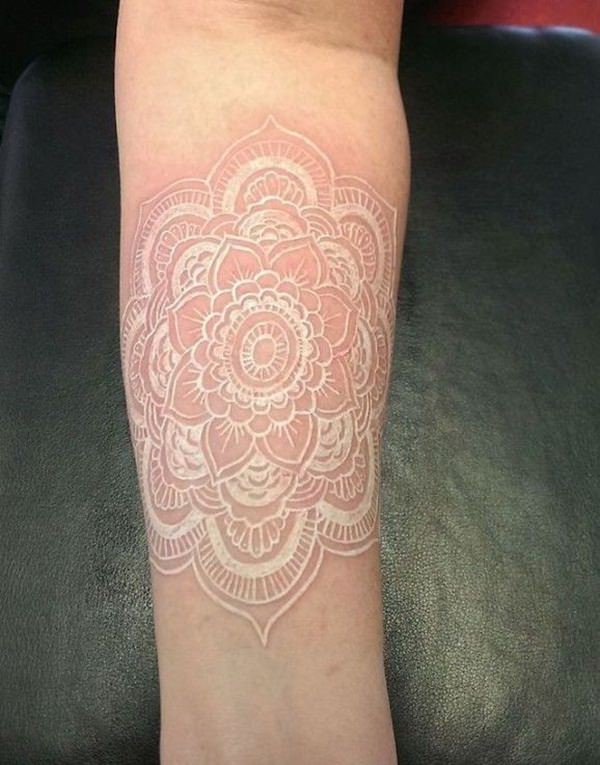
Polygon Tattoo
A Polygon style is any 2-dimensional shape formed with straight lines. Triangles, quadrilaterals, pentagons, rectangles, and hexagons are all examples of polygons. It’s also very close to an abstract style.


